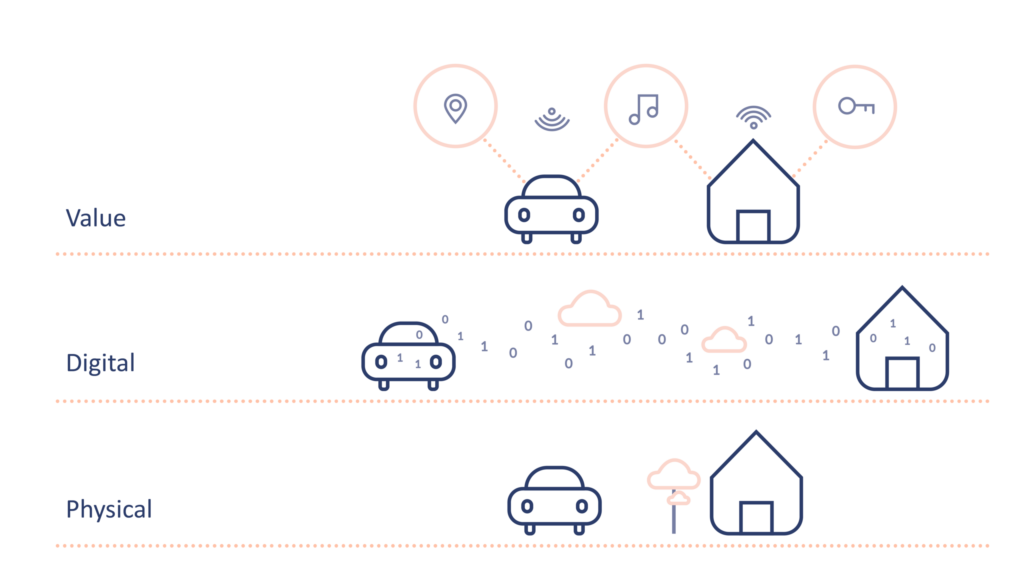After a long week of hard work Mark was finally ready to execute the final tests on his laptop. A few taps on the keyboard activated the screen and progress bars started slowly moving. Mark was confident that all would go as planned and he was happy to give a demonstration of his skills to the audience who were mainly dressed in black suits and white helmets. Renewing the production lines in a local factory had been a significant investment. Project manager Mr Jokinen, standing next to Mark, was waiting anxiously for Mark to nod as a sign that everything would be ready to start the production. Mark was looking at his laptop and all the tests had been completed successfully, although there was one warning message. Mr Jokinen was happy to push the start button and the audience started cheering as the production successfully started.
Mark, in his 40’s, is a recognized expert in his field of engineering automation. He is trusted by his bosses and clients. He plays a critical role in large factory automation projects. There are multiple members in the team but for final integrations, he is the subject area expert who is familiar with the software tools and factory specific configurations. There are few people with similar competencies within their company but they don’t get too many opportunities for interaction. It has taken years for Mark to gain the practical knowledge and skills to master all tools and information. He has been very active contacting software companies to request new features for engineering tools. The majority of his ideas have been implemented over the years and the introduction of new technologies have cut many days from project installations. However, the software tools and installation process have grown to be quite complicated.
Recently Mark hasn’t been very satisfied with his job. He does his job well but feels that he hasn’t been able to create any major improvements in the broader sense. His bosses treat him as a wizard but recently, the reason for this has been more related to their lack of interest to understand Mark’s work than his performance in solving complex problems. As a consequence of this Mark has been thinking about the possibility of getting into teaching which he enjoyed during the last years of his studies at university helping freshmen.
The ‘Mark’ Persona – an imaginary representation of a real user group based on user research data.
There are also other types of user groups involved in the same process. Mark is a good example of a user who has been benefitting from the incremental development of technology. Growing a digital layer on top of physical products has been contributing significantly to the speed and efficiency of his work. Still, the added value of technological development has been focused on the rational dimensions of value. This has been the result of years of technological development in many fields. Designers have been part of the development but their focus has been primarily dedicated to consumerism rather than value creation.

Today design is focused on gathering user insight and integrating that insight throughout the development of better businesses, processes, services and products.
Imagine we needed to design better processes and tools for Mark
- Could we come up with solutions which would allow Mark to understand and share his role in a bigger context?
- Could we let him share some of his experience with other experts, maybe even outside his team?
- Could we, somehow, make him more satisfied with his work?
- Could we build a system to support his other motivation for teaching as well?
Evolving the role of the users (customers) within value creation is a fundamental design concern. Including customers as part of value co-creation will open up opportunities to better address more subjective dimensions of value. We must acknowledge customers as humans, rather than rational actors, belonging to a social process.
Digital transformation will create new opportunities for value creation
In order to do this transformation successfully, we believe that systematically gathering customer insight, developing the role of the customer from consumer to co-creator, and transforming the organization to better manage value creation are essential steps.
The focus of design is value creation – for all stakeholders
Blog series “Digital Companion”
In blog series “Digital Companion” Gofore’s expert services managers explain how digitalization turns from festive speeches into actions. Change is accelerating exponentially right now. In this change, organizations require assistance with project management, leadership, service design, graphic design, programming and data analysis. This – and as a cherry on the top cloud infrastructure management – can all be provided by Gofore.
Previous posts in the blog series:
- Mikael Nylund: Renewability required in a time of changes
- Timur Kärki: Roll up your sleeves and head towards the unknown


